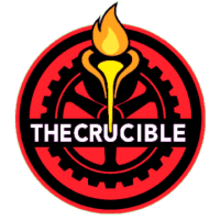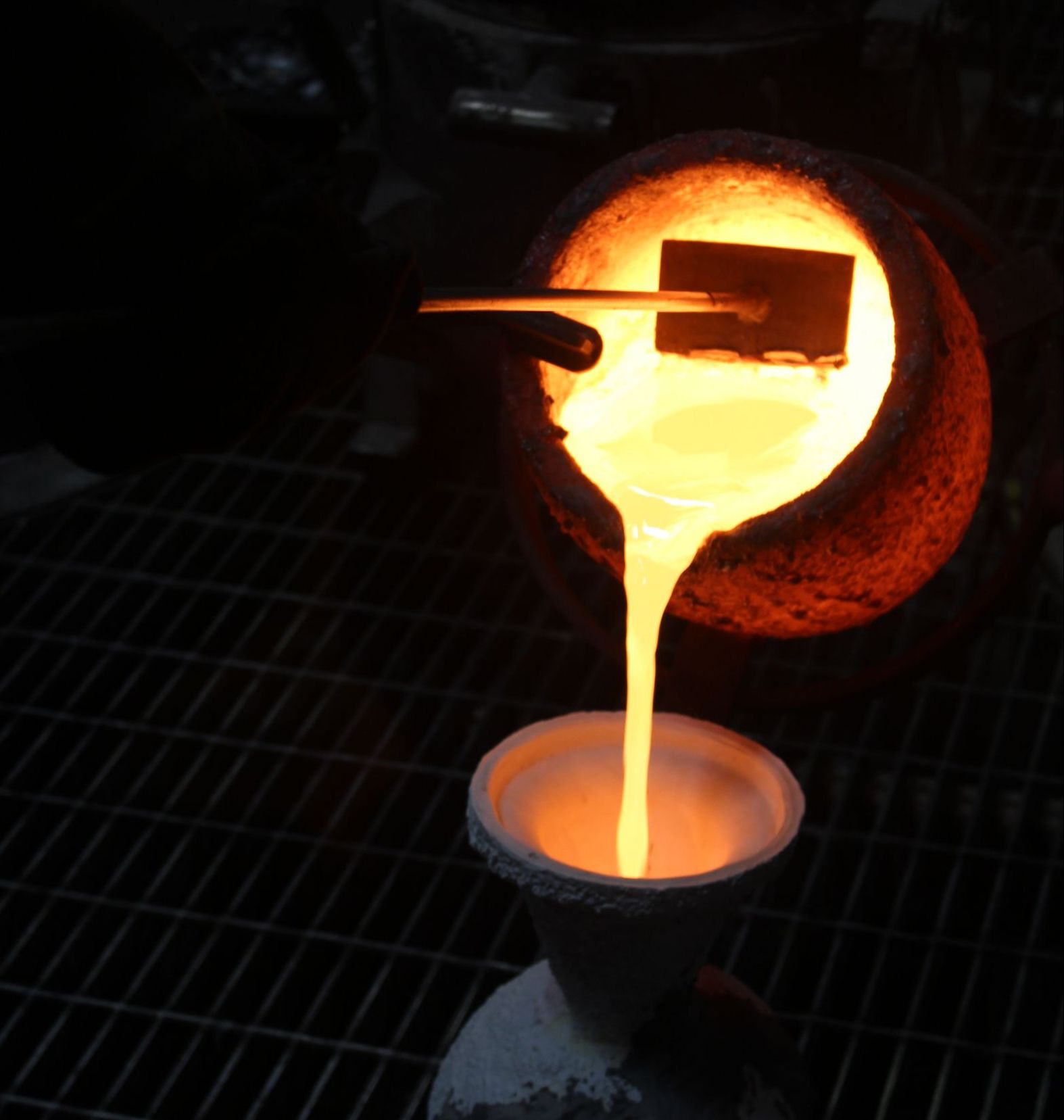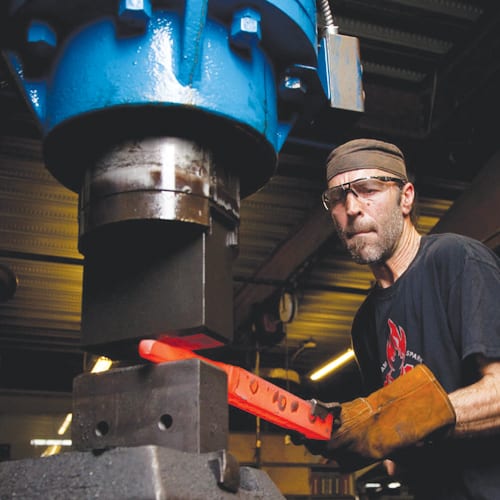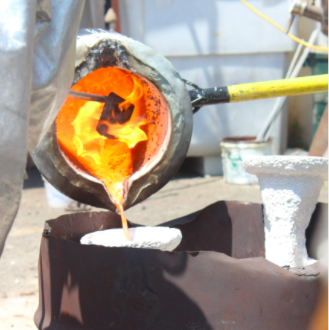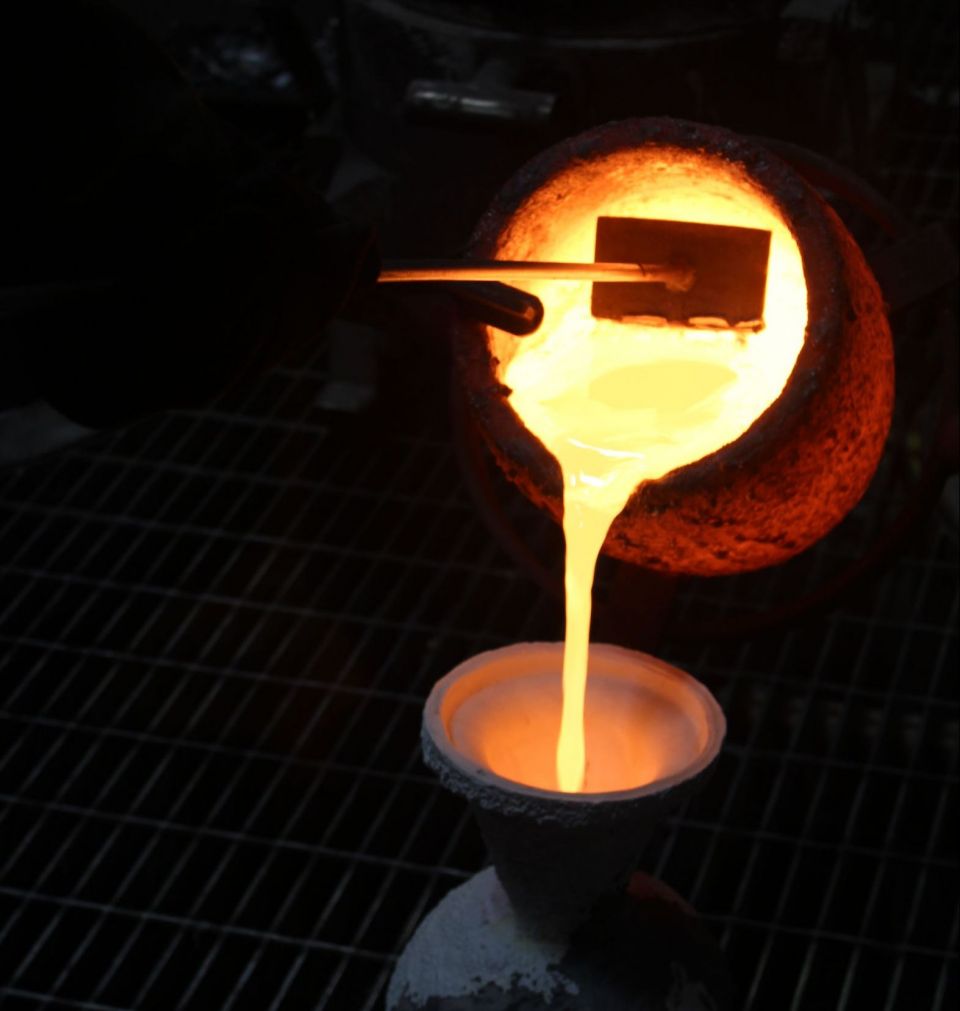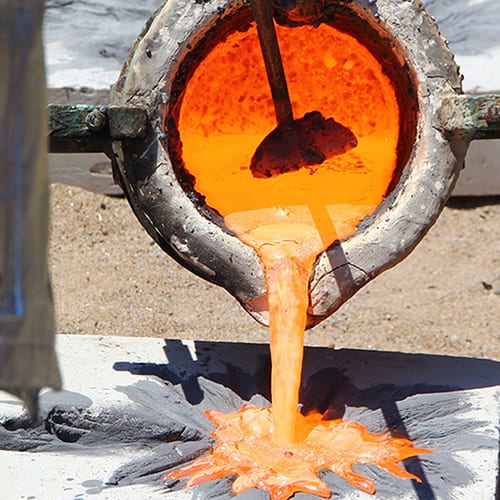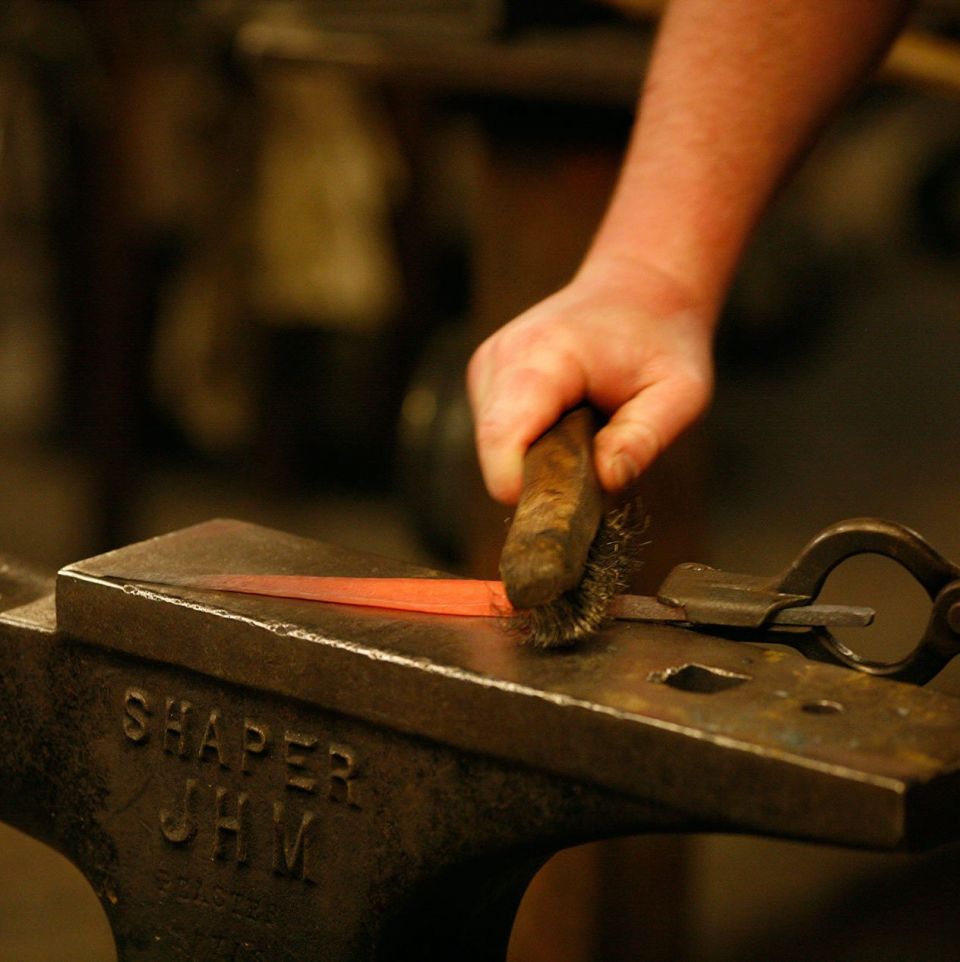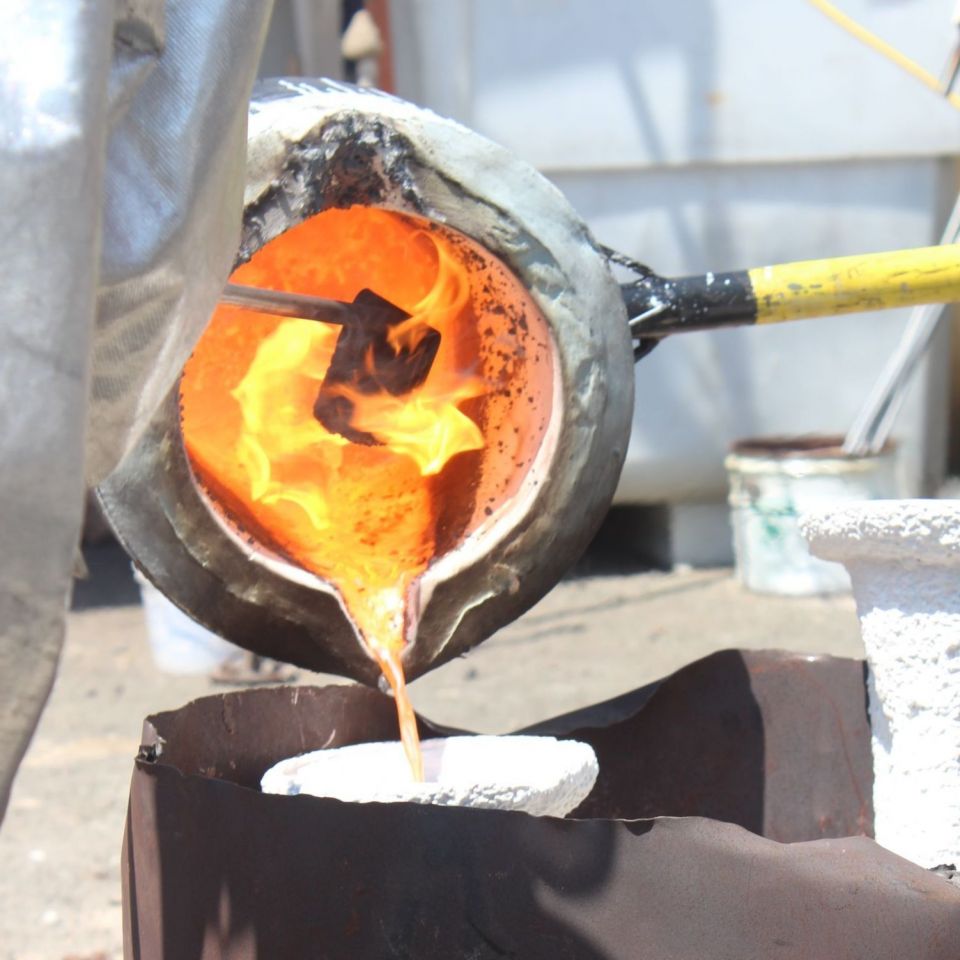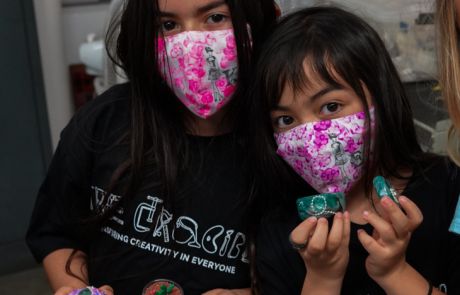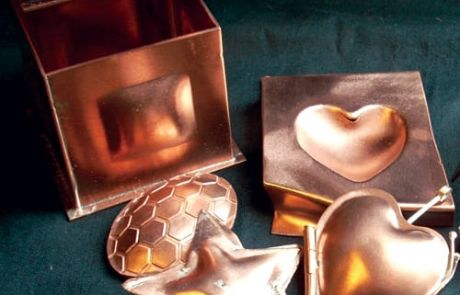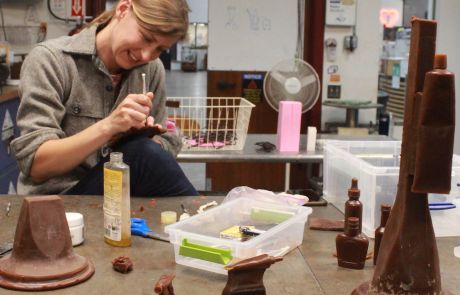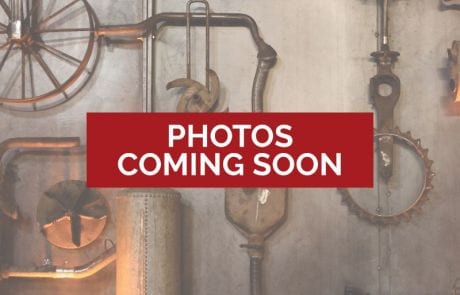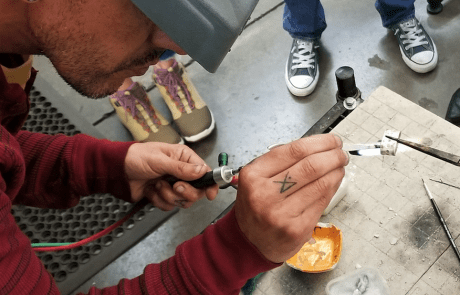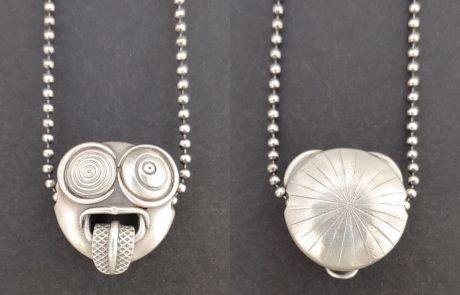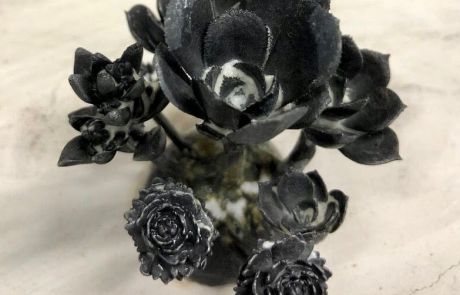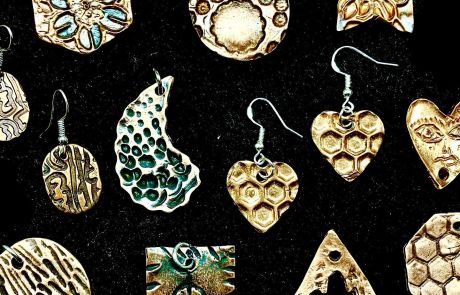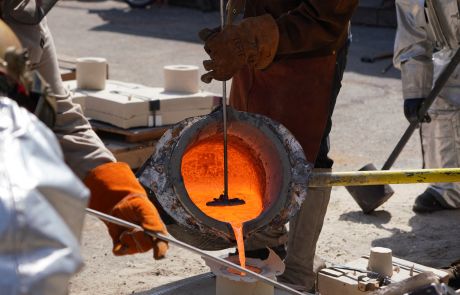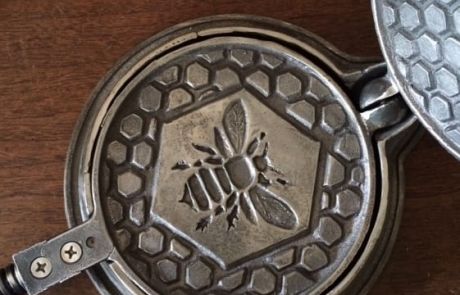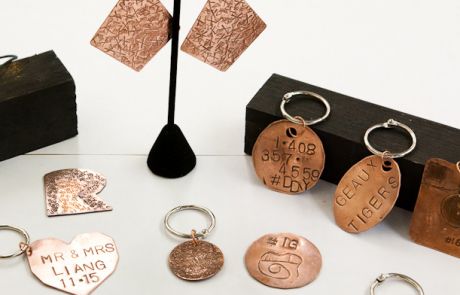MetalworkingMetal
Guide to Bronze Casting
By Kristin Arzt
Bronze casting methods have been used for thousands of years across different continents to create objects in bronze. Bronze is a relatively easy metal to cast, given its chemical properties, and is a relatively inexpensive material. This guide will walk you through precisely what bronze casting is, a brief history, and how to get started.
What is bronze casting?
Bronze casting is the process of pouring molten bronze into a hollow mold to create a positive bronze sculpture or object. Methods of bronze casting, like lost wax, ceramic shell, and sand casting are used to produce bronze sculptures, instruments, medals, tools, plaques, and more.
Bronze casting sculptures
Bronze is the most popular metal to use for casting sculptures because of its versatility and ease of casting. When casting bronze, the material expands just before it sets, helping bring even the most minor details to life. It also constricts as it cools, making removing the finished cast from the mold easier. Because bronze is copper-based, it has a lower melting point than most metals. Beyond sculptures, bronze is also an excellent material for casting musical instruments, weapons, medals, industrial parts, and more. It also resists corrosion, making it a long-lasting option for sculptures and more.
The first known bronze sculpture dates back to 2500 BCE. Other early bronze objects, including cast weapons and tools, were found throughout modern-day India, Africa, China, Greece, and more. Bronze sculptures were one way great civilizations of their time tracked history, practiced ritual, and honored nobility.
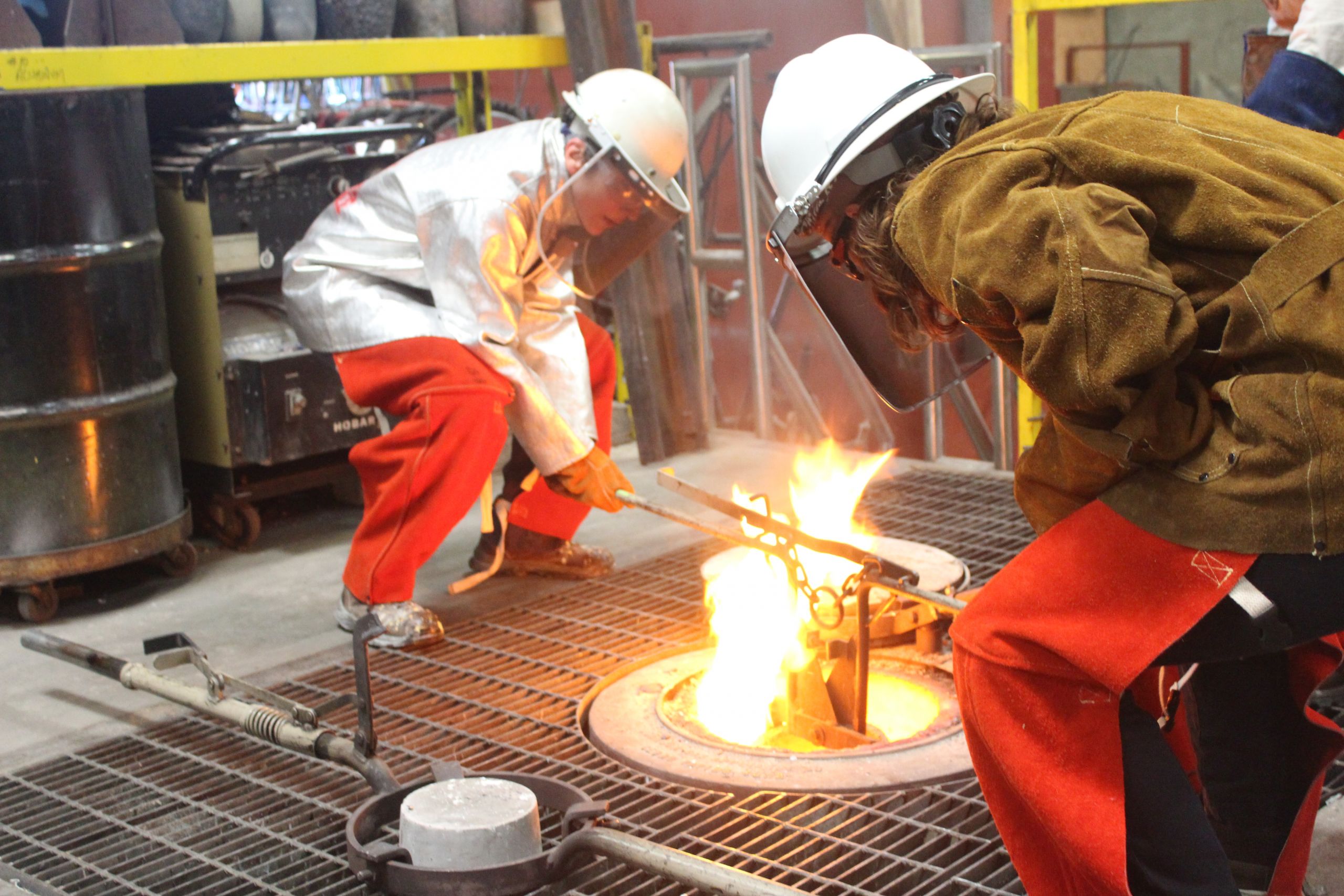
Bronze casting processes & methods
Bronze casting processes have been around for thousands of years and are widely used for creating sculptures, instruments, parts, weapons, tools, and more. It is a versatile process that utilizes different types of molds and materials depending on the project you would like to cast. The following is an overview of the different bronze casting processes and methods.
Lost wax casting bronze
Lost wax casting is used to create a one-of-a-kind, detailed metal object by building a mold around a sacrificial wax model. After the mold investment is set, the wax is melted out and forms a cavity where the bronze flows in. When the bronze cools and solidifies, the artist can remove it from the original mold.
Sand casting bronze
Sand casting uses resin-bonded sand to construct a mold that the bronze will be cast into. When the mold is cured and the pattern is removed, you can flow molten bronze into the hollow area. Once it cools, the result is a single cast metal object.
Sculpting large bronze pieces
Sculpting large-scale bronze pieces often begins with the artist studying the sculpture on a small scale by making smaller mock models of the larger project. When the time comes to make the final mold for the large-scale sculpture, the artist must keep in mind structural support and logistics. The final model may be sculpted in clay, plaster, or wax. For very large pieces such as life-size sculptures, they may be cast in pieces then welded together before the finishing process.
Chasing & finishing
Chasing is removing seams and repairing imperfections on the wax model before casting. Because bronze is a detail-oriented casting metal, every tiny mark will show. It is much easier to eliminate these marks through chasing in wax than in the cooled bronze object. Chasing tools used include heated soldering irons, heat guns, and texturing tools such as dental or miscellaneous hand tools.
Once the piece is cast and cooled, the mold is broken open, and the finishing process begins. The metal sprues are cut off and sanded down, and the piece’s surface is finished as desired. The artist may sandblast the surface to remove any oxides, oils, or inconsistencies. The surface can also be further decorated using a wire brush or other texturing tools.
Patina
Patinas are used for both practical and aesthetic purposes. They are made of chemical compounds that provide a protective coating to the surface that helps prevent corrosion. They may also be used aesthetically to adjust the object’s color and texture. Before applying a patina, make sure that the surface is free of oils and oxides so it fully penetrates the bronze.
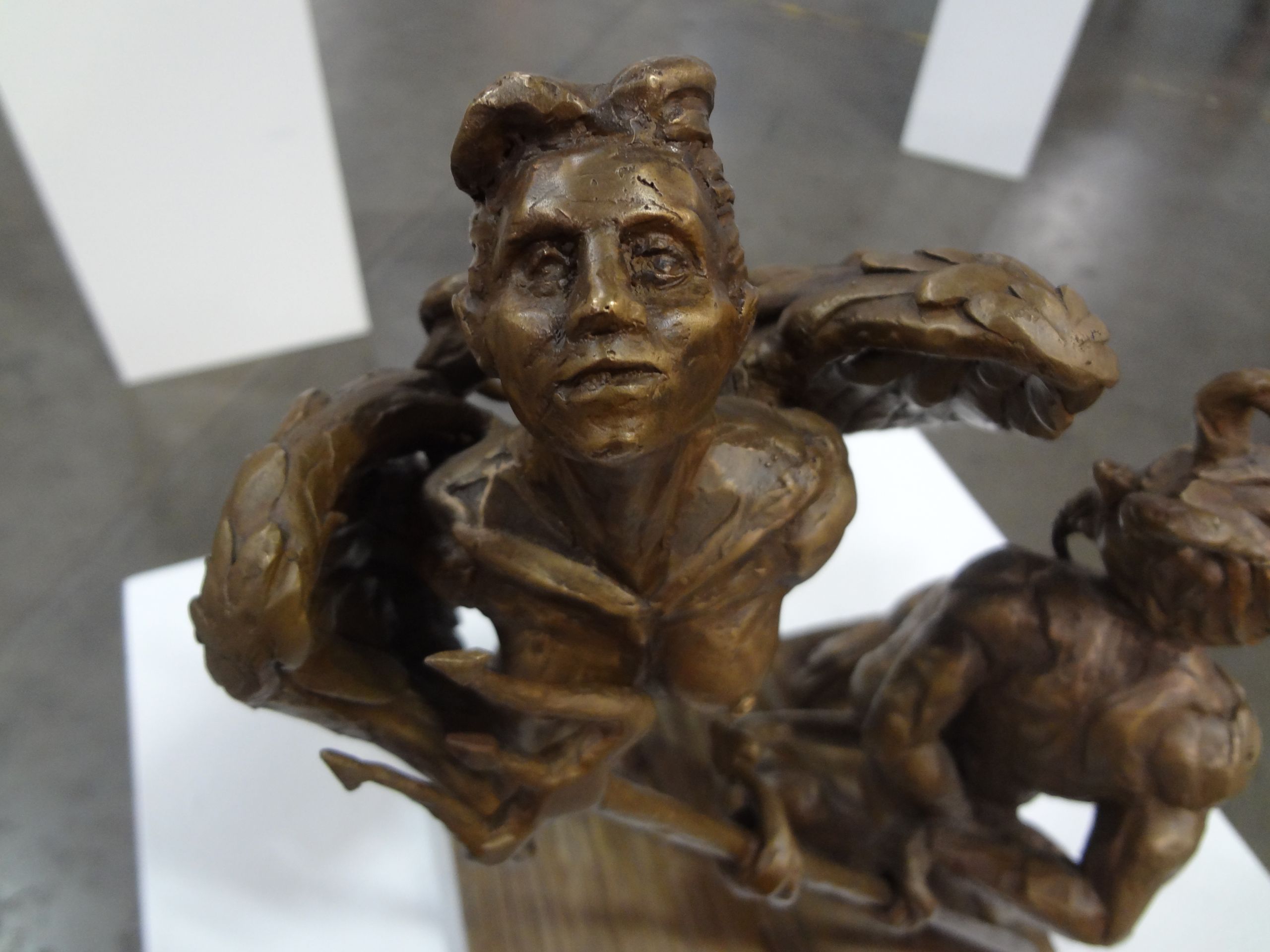
How to learn bronze casting
The Crucible offers a wide variety of classes teaching bronze casting and metalworking techniques. Whether you want to learn the fundamentals of casting or something more advanced, The Crucible has you covered. We offer bronze casting classes in both our Foundry and Jewelry Departments. Our Foundry offers students an opportunity to create their own sand molds and ceramic shell molds. We offer a fully-equipped wax room where you can also shape and detail your patterns for lost wax casting. In our Jewelry department, you can make your own unique small pendants, rings, and more to be cast in bronze. Our jewelry classes allow you to learn the full metal casting process from creating a wax pattern to pouring molten metal, then finishing your piece.
Bronze casting classes at The Crucible
Learn the ancient process of lost wax casting sculptural jewelry. Experimenting with different types of wax, you will carve, cast, and finish at least one small fetish, pendant, or ring in silver or bronze. Students are encouraged to bring in personal sketches and ideas. Though this class is titled “Casting Wax to Silver,” bronze is also available for casting.
Foundry I: Ceramic Shell Process
Ceramic shell is a mold material used in the lost wax casting method. Learn basic wax-working techniques and explore basic metal finishing in this fascinating course. You will create a wax sculpture and build ceramic shell molds, transforming your original wax piece into bronze.
Foundry II: Ceramic Shell Process
This class is for people with metal casting experience who have completed waxes to cast. We can also accommodate 3-D printed PLA (best unpigmented). Students will prepare their patterns, gate them, build the ceramic shell mold, cast in bronze, destroy the mold, and remove the gates.
Bell Casting introduces participants to bell design and the lost wax foundry technique. In this class, you can design, cast, and finish a bronze bell approximately six inches in diameter. This entry-level class provides a foundation for further exploration in this versatile foundry approach.
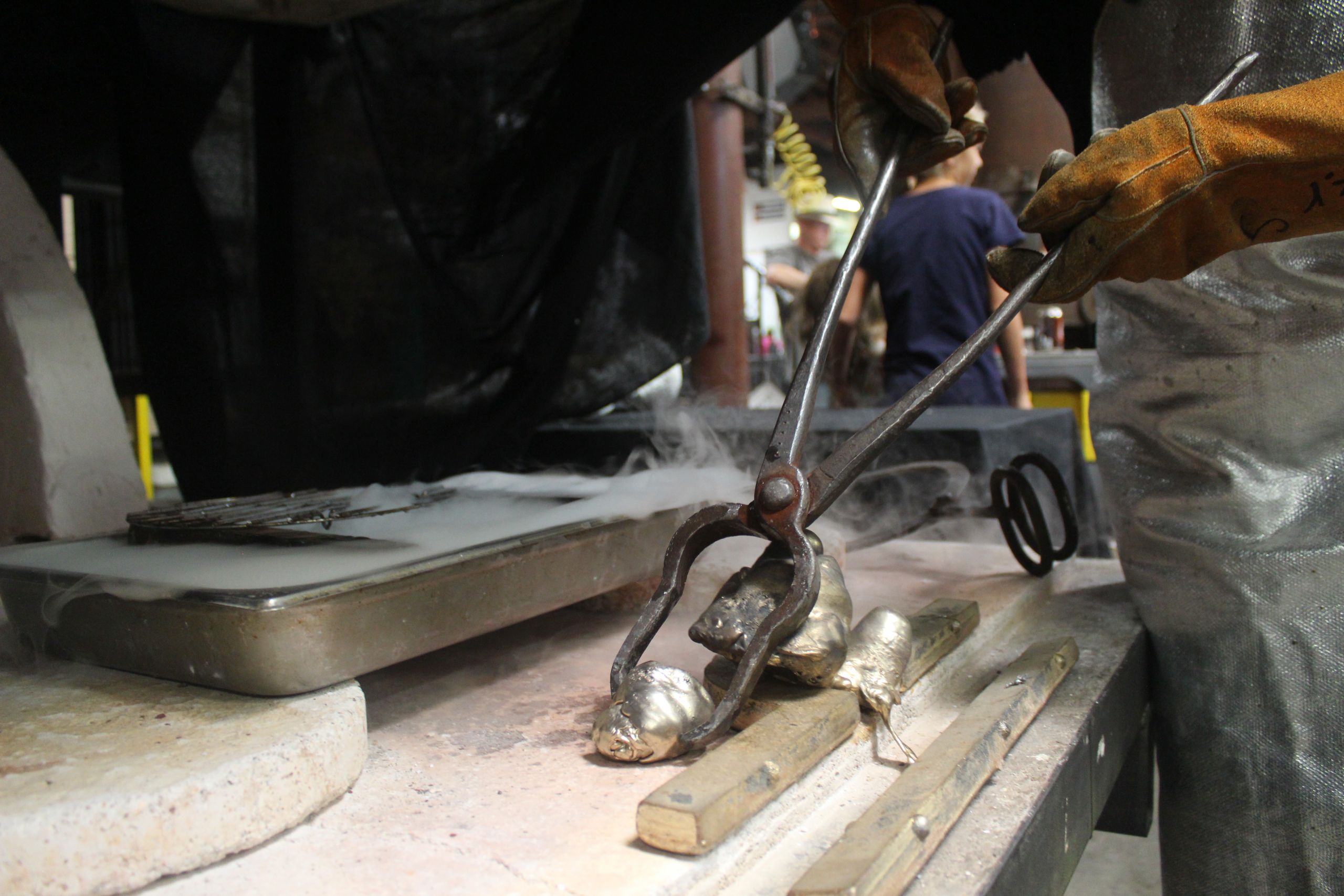
Bronze casting FAQs
Is bronze a good metal to sculpt with?
Overall, bronze is an excellent sculpting metal because it is easy to work with and allows details to show through. In addition, it is a hard metal that is not brittle or prone to breakage when worked. After casting, bronze begins to contract in the mold, making it easier to separate from the mold once it has thoroughly cooled. Bronze is also incredibly versatile for the finishing and patina stage. Patinas can be applied to give a bronze object the appearance of silver or gold.
Can you cast bronze at home?
It is best to start bronze casting with a professional instructor in an established casting studio. Bronze casting can involve more advanced equipment that can be costly to set up. The safest and least expensive way to start is in a public class. Once you have experience and a strong understanding of the process and tools involved, you can explore setting up a studio at home.
Is bronze casting expensive?
For all of its benefits and ease of use, the time and labor that bronze casting requires can add up. While bronze is a relatively cheap material to purchase, skilled labor—whether you are commissioning an artist or learning yourself—is costly. This is especially true for large-scale bronze sculptures that are more complicated to produce. It can take hundreds to thousands of hours to create a single bronze sculpture.
At what temperature does bronze melt?
The melting point of bronze varies depending on the exact alloy composition. Most bronze alloys contain about 90% copper. The remaining 10% may be a mix of tin, aluminum, nickel, or zinc. The average melting point of bronze is between 1790-1900 degrees Fahrenheit. Molten bronze stops flowing when it hits colder temperatures, which can occur when molten bronze is poured into a room-temperature mold. Therefore, it is essential to preheat ceramic shells and casting molds to approximately 1100 degrees Fahrenheit in a kiln before pouring.
